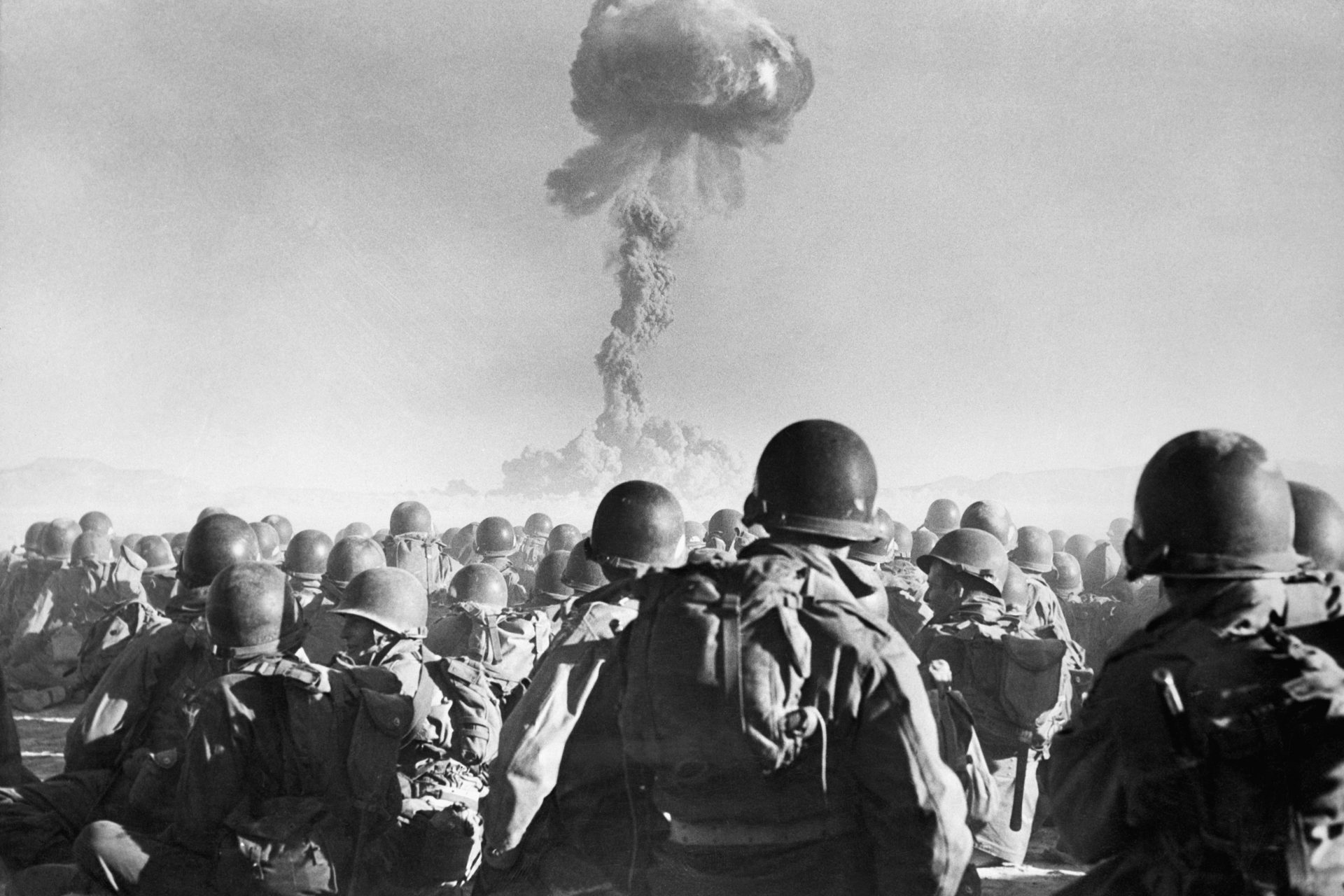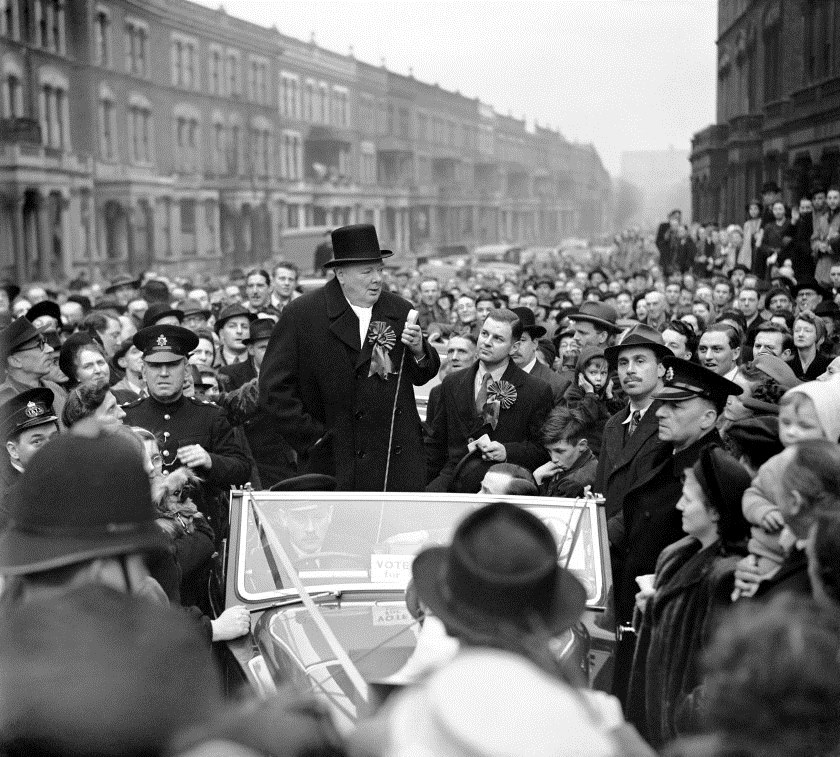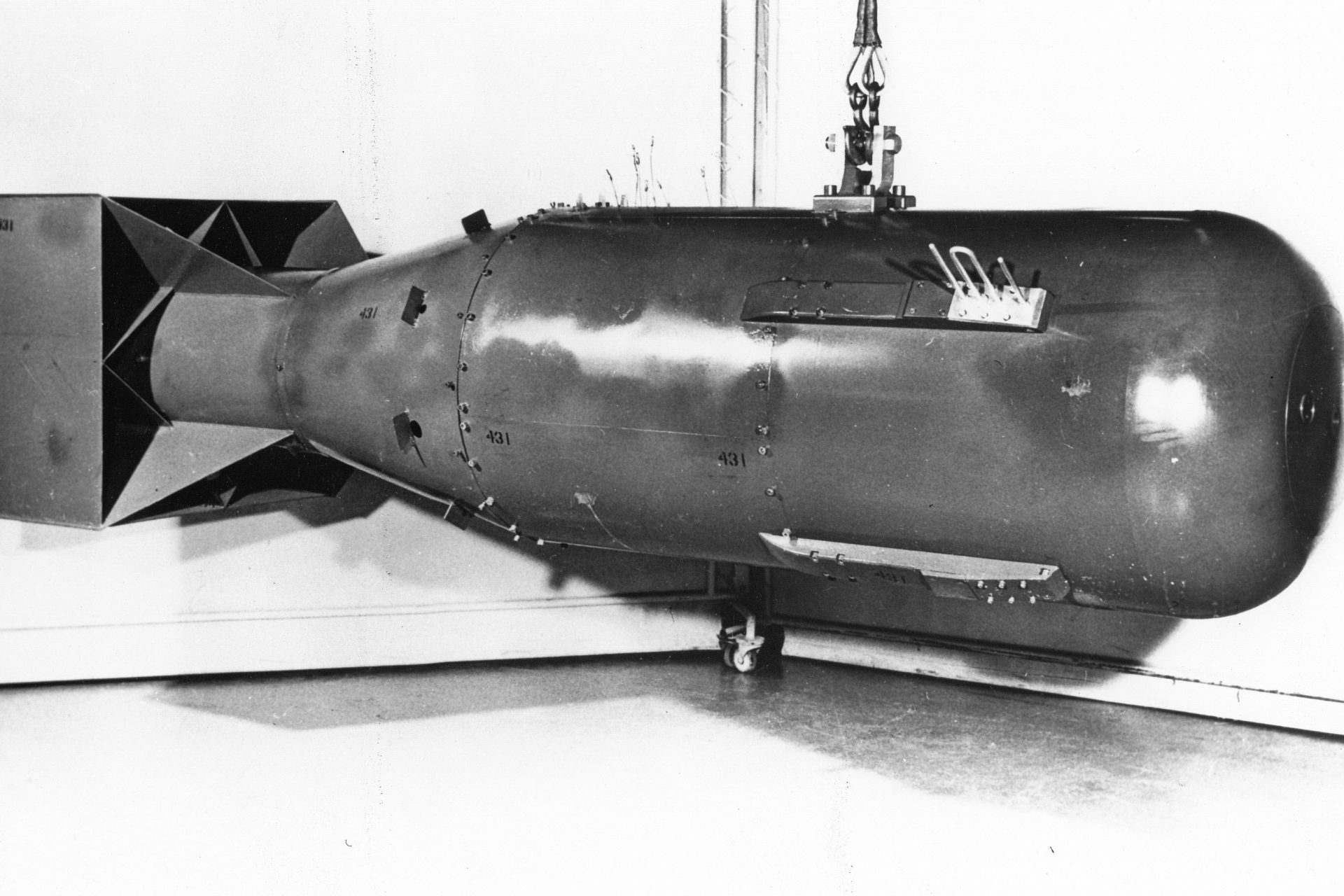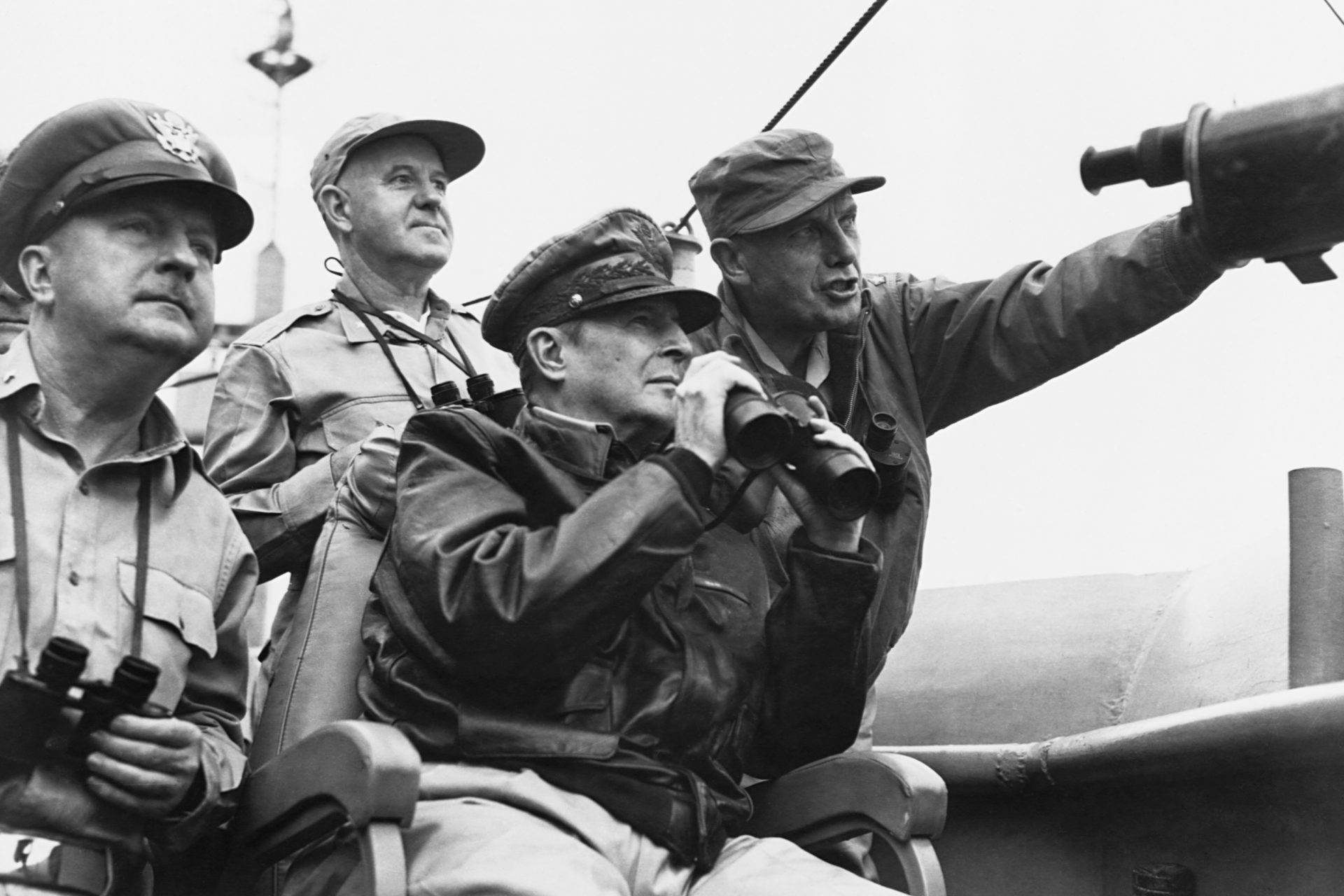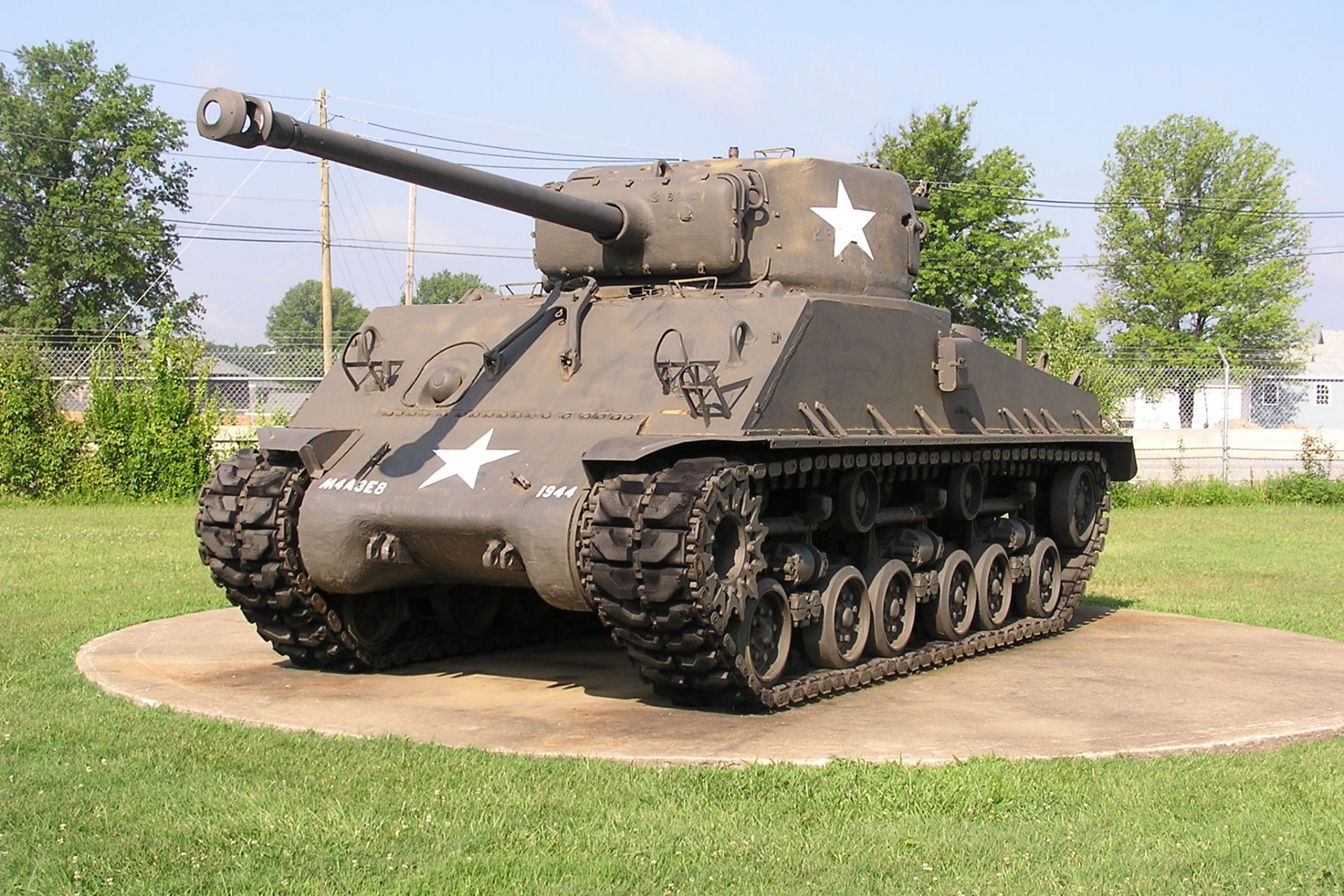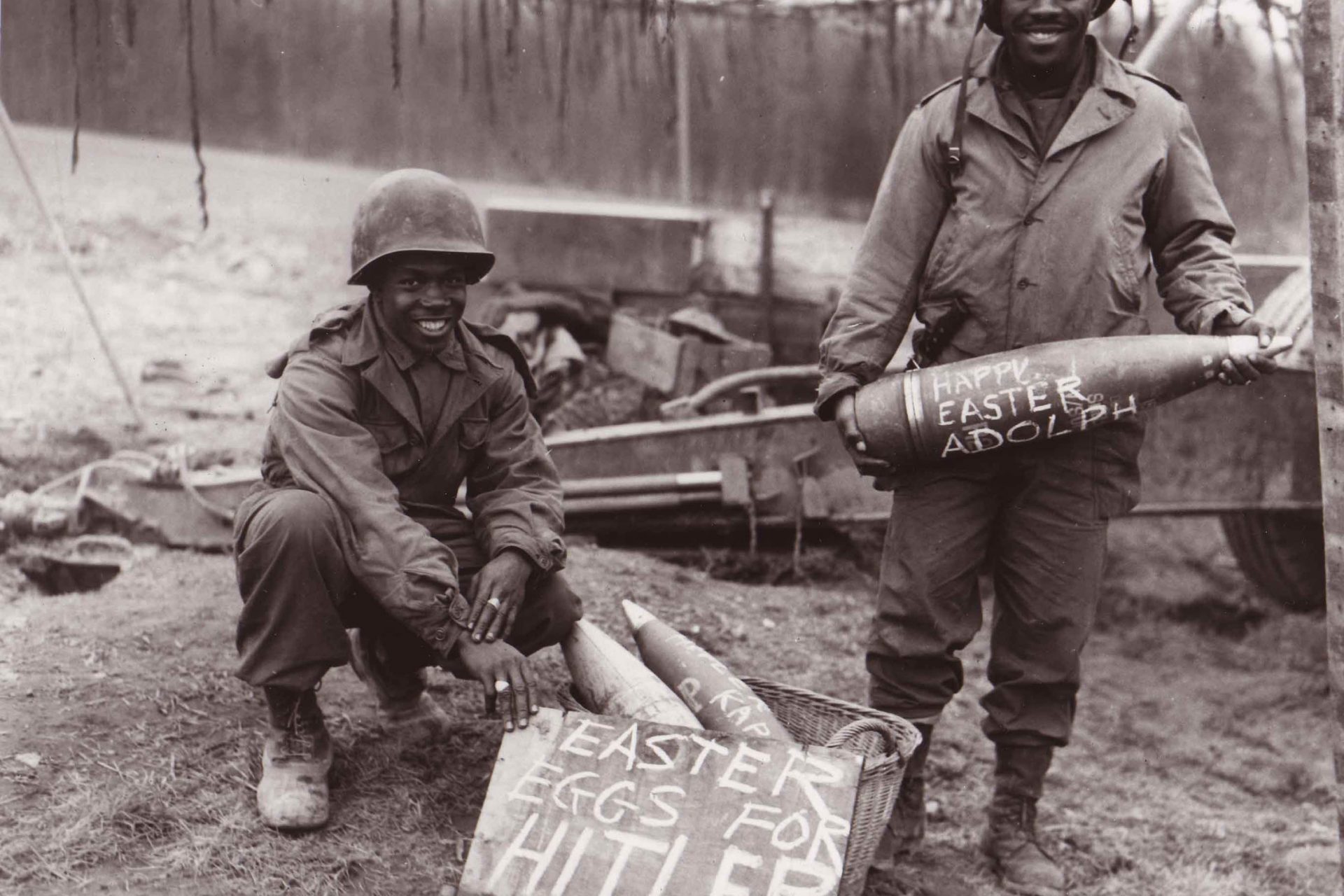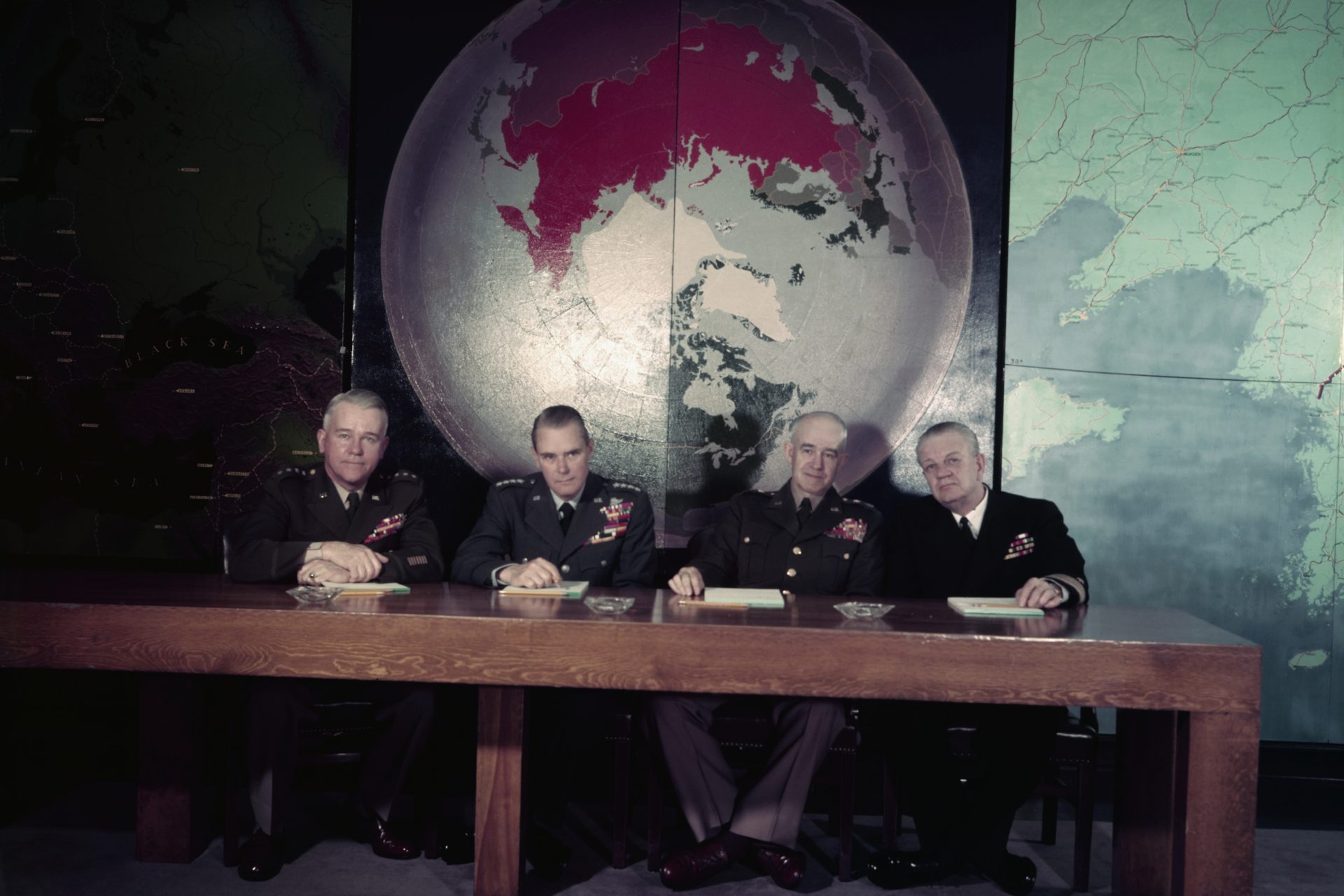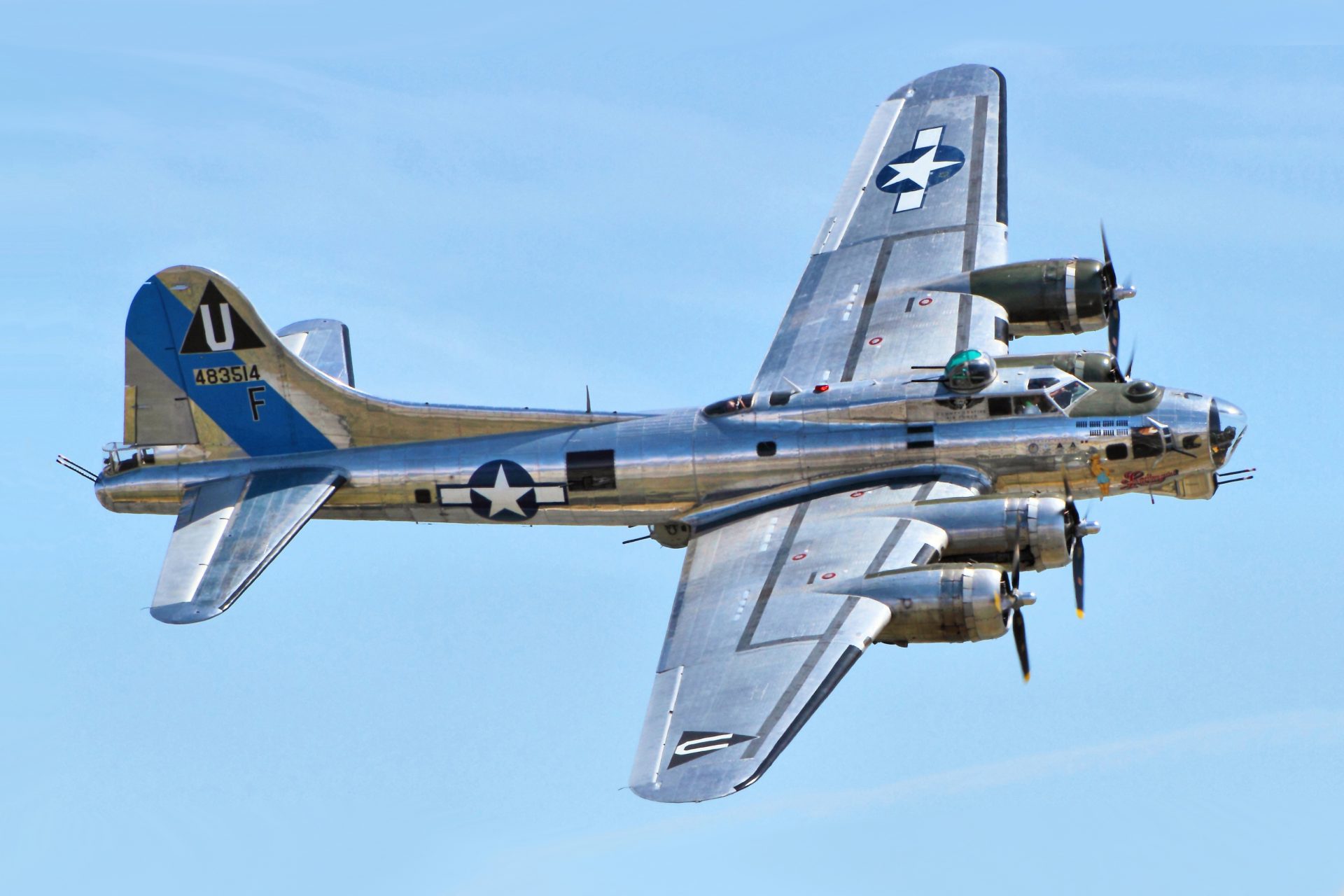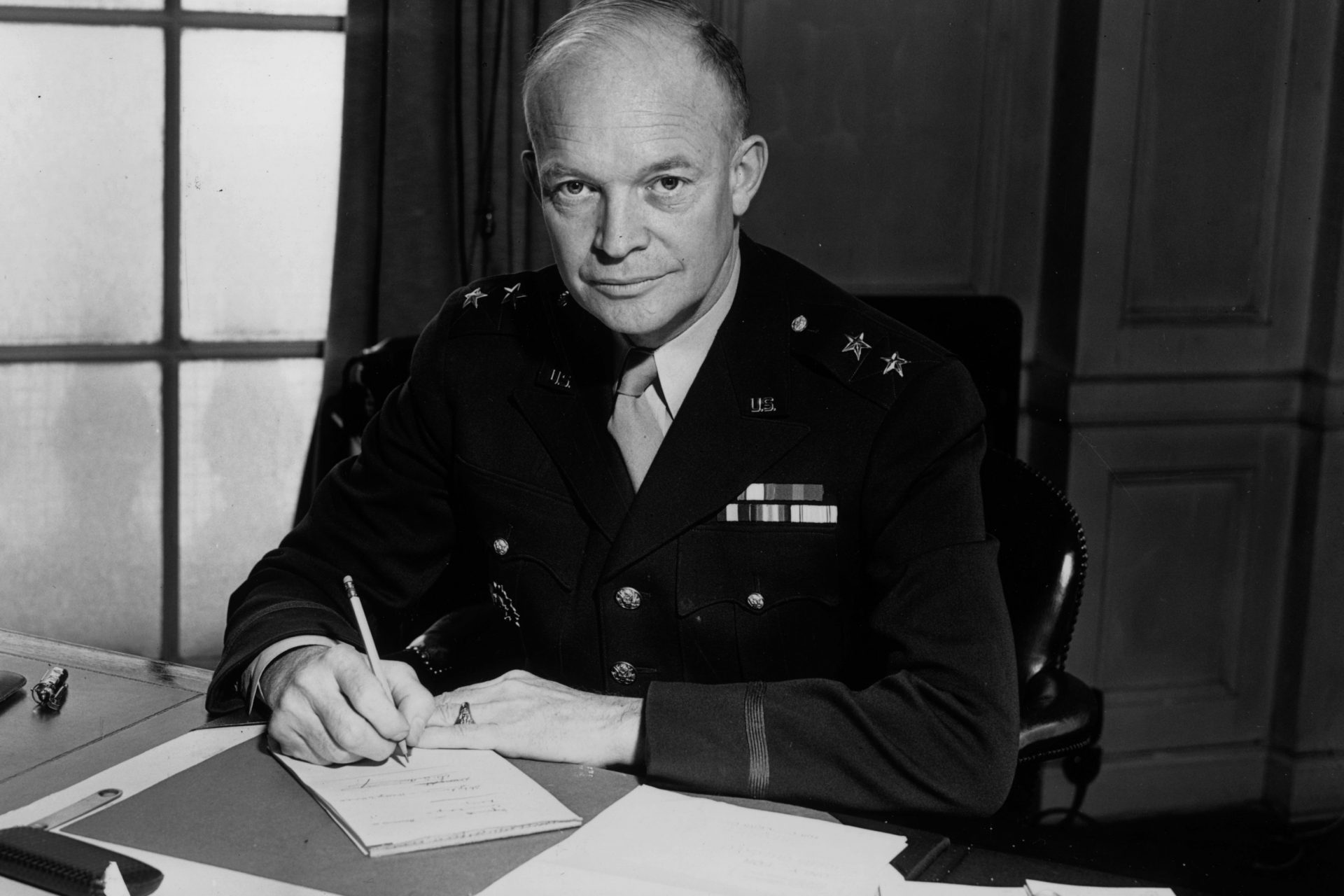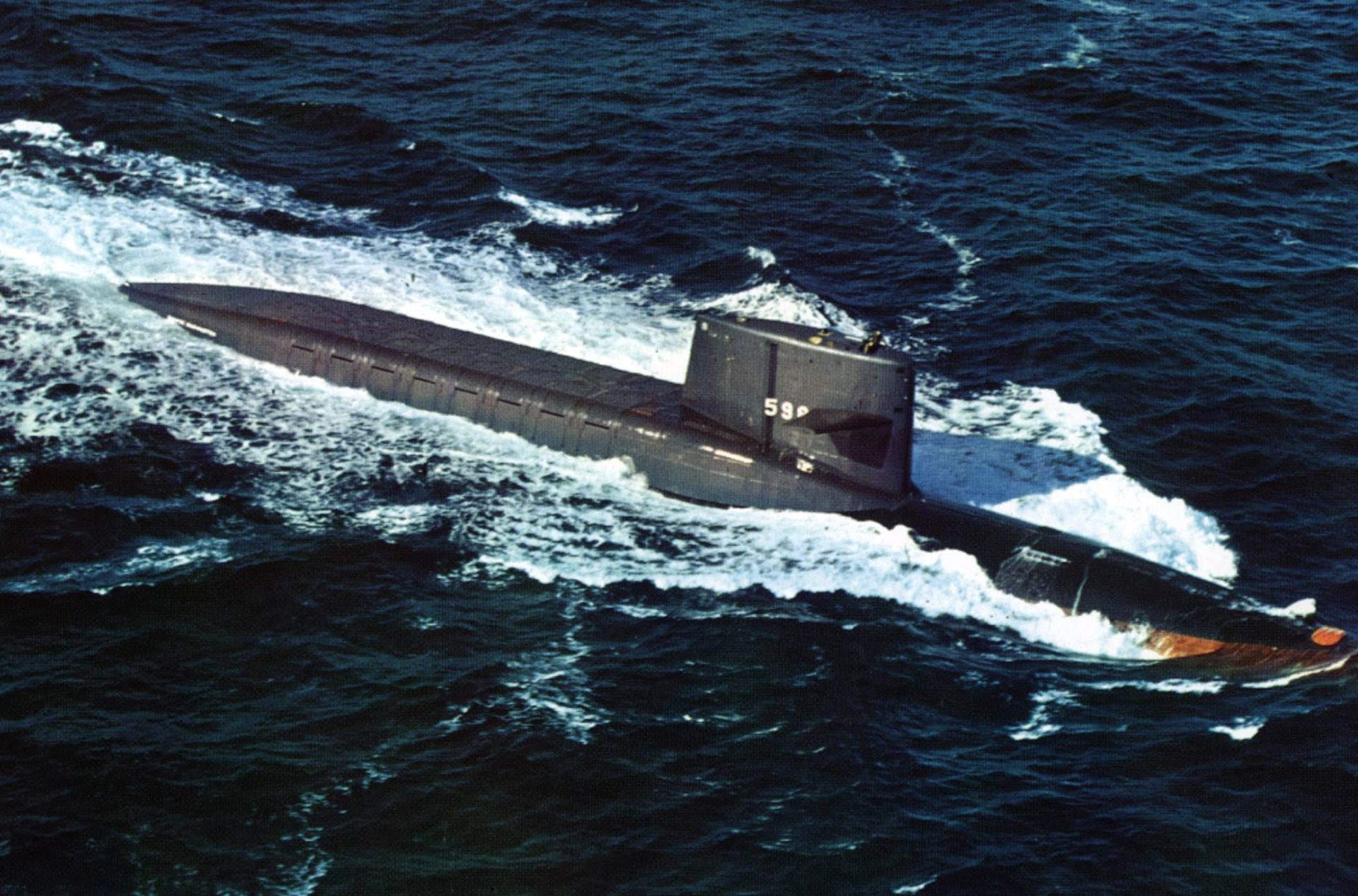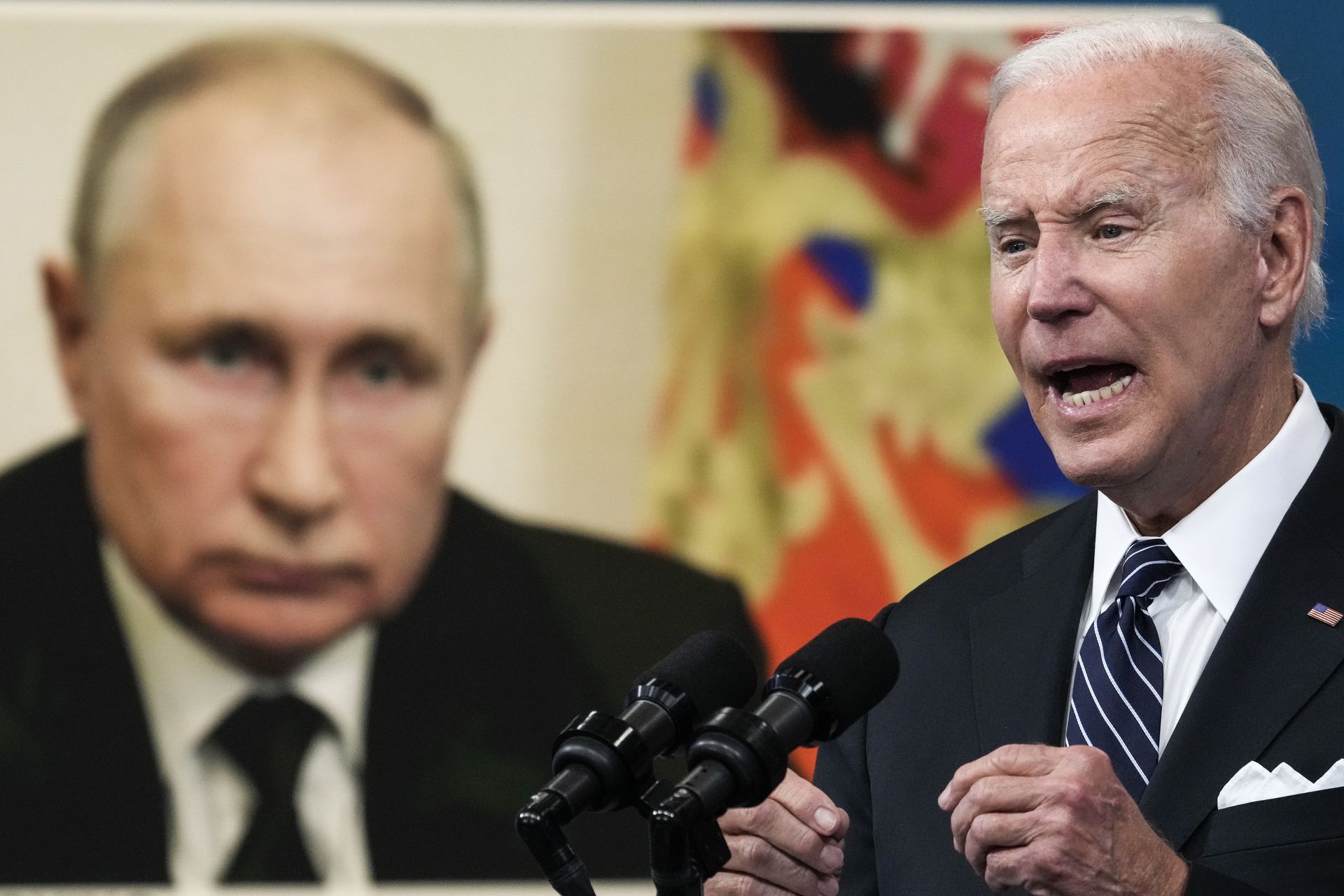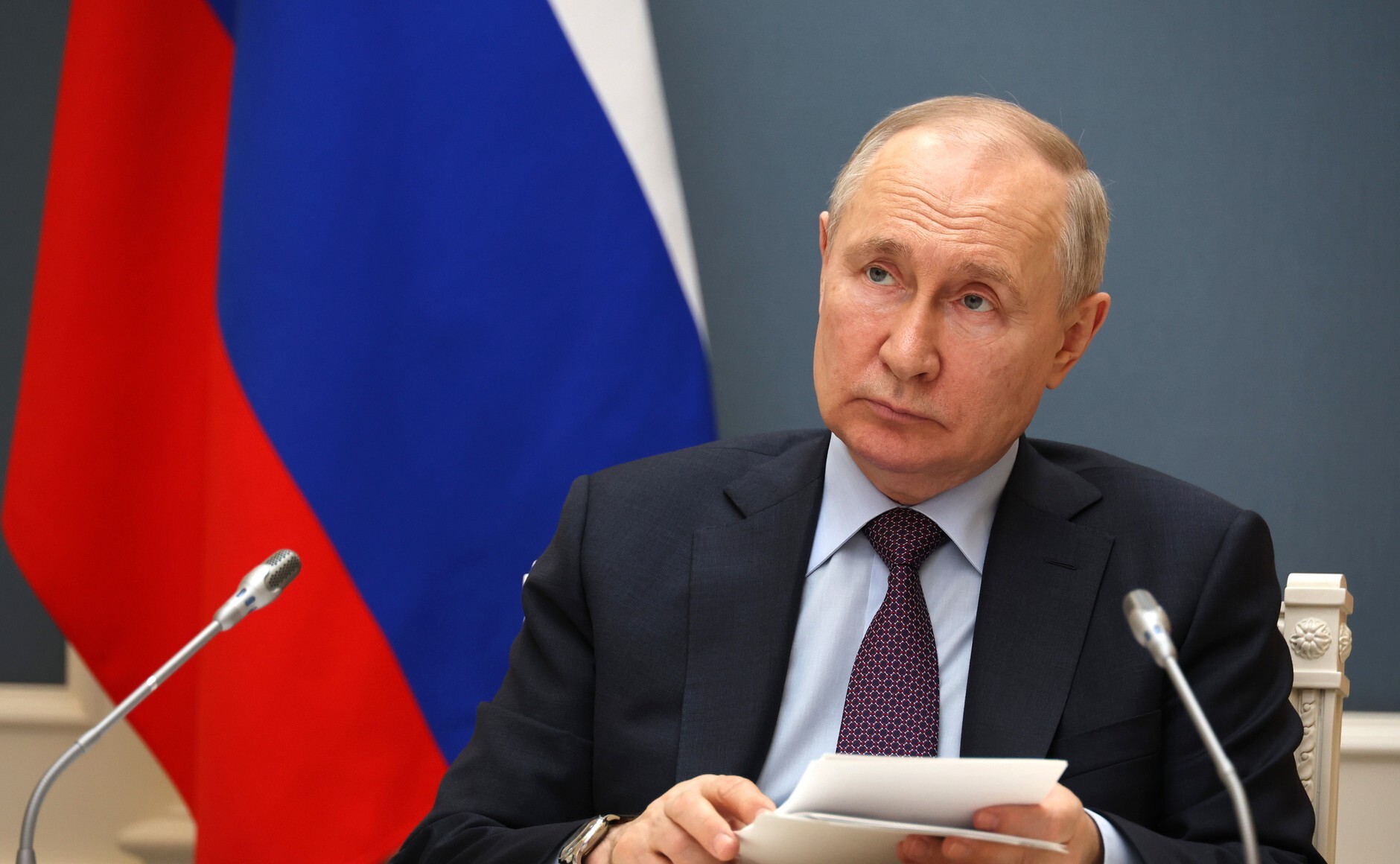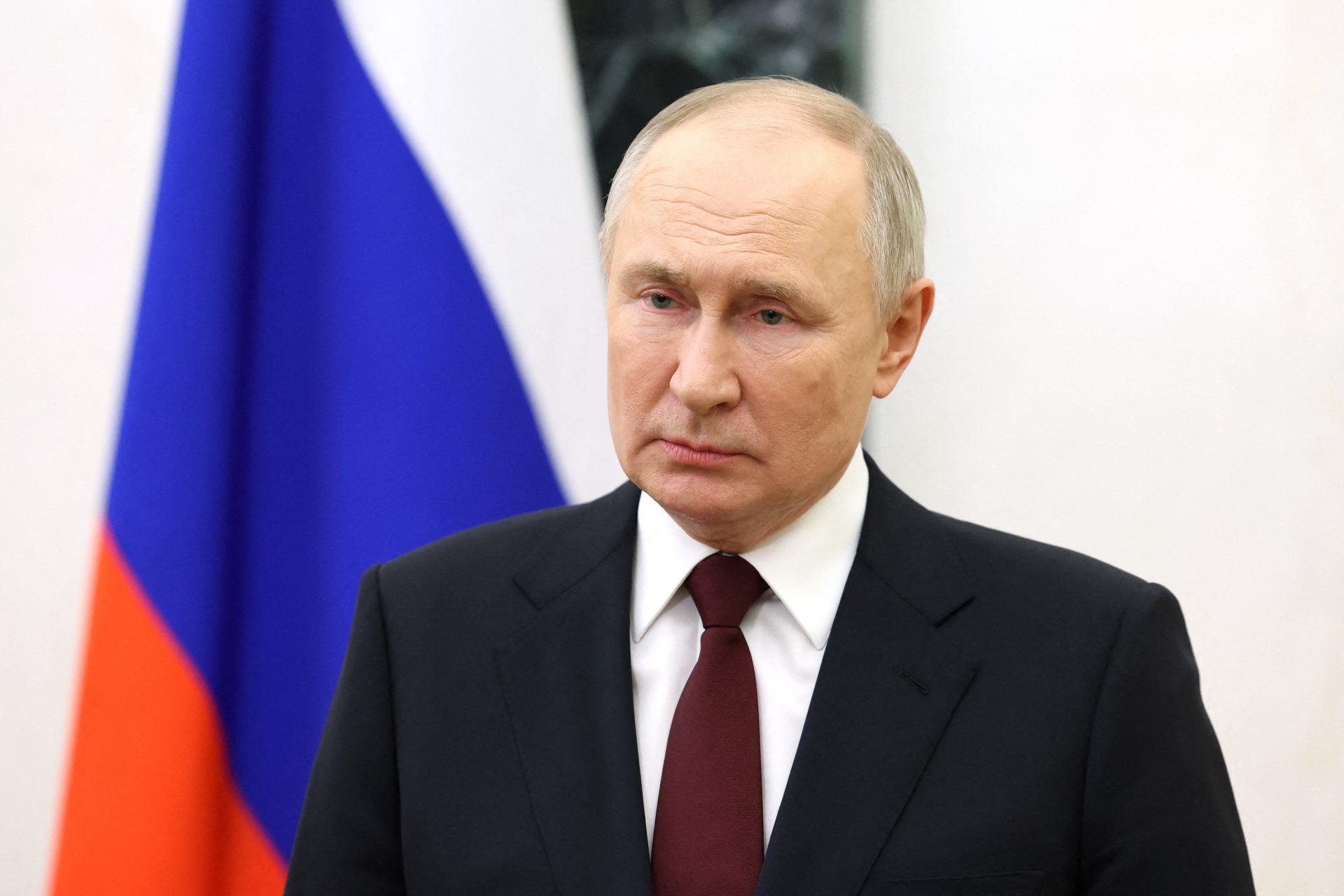Can countries still fight and win a war after a nuclear exchange between superpowers?
The dawn of the atomic age saw the United States monopolize the power of nuclear weapons for only a few short years before the Soviet Union tested its version of the bomb, and soon the technology proliferated to other global superpowers.
France and the United Kingdom would quickly develop nuclear weapons as well and the world's nuclear experts and military theorists were faced with the terrible task of sorting out how to fight a war with other nuclearly armed states.
Several theories were proposed in the early days of nuclearly-armed states but one of the biggest problems that theorists faced was figuring out if it was even possible to fight and win a war after a nuclear exchange.
The rapid advancement of nuclear weapons technology shortly after the first two atomic bombs were dropped on Japan led the world’s great powers to believe that any nuclear exchange would result in the total destruction of the belligerents.
However, some in Britain believed that a situation could arise in which countries engaged in war could survive a nuclear exchange and, assuming that it was still a possibility, set out a theory for how to win a war following such an exchange.
Photo Credit: Wiki Commons by PA-Press Association, Public Domain
Originally, the theory was first thought out in a 1952 British Defence White Paper which described what was likely to occur in the event of a nuclear war. According to Wikipedia, the broken-backed war theory articulated how a country could still fight a conventional war after a nuclear exchange between two belligerents.
Photo Credit: Wiki Commons By Malindine E G (Capt), War Office, Public Domain
The broken-backed war theory was less a theory and more an understanding of how a war would be fought after a massive nuclear exchange in which each side survived the initial attack, and one or all of the belligerents involved still wanted to eliminate the other side.
Photo Credit: Wiki Commons By US government DOD, Public Domain
In 1957, professor and nuclear strategist Klaus Knorr published a paper on the broken-backed war theory, sometimes referred to as broken-back war theory, noting many of its key points—particularly, that any nation involved in a war after a nuclear exchange would only be able to fight with what it had on hand before it.
Photo Credit: Wiki Commons By William George Horton, Public Domain
“It can be granted that a long-drawn-out and massive war conducted with conventional, by which I mean modernized but nonatomic, weapons, is so unlikely to occur that it may be safely neglected as a contingency,” Knorr wrote.
“There definitely is no future for World War II. It can also be granted that once unlimited thermonuclear war has broken out, there is no economic war potential to be mobilized for its conduct,” the nuclear strategist wrote about what comes after a nuclear war.
Photo Credit: Wiki Commons By Unknown Author, U.S. National Archives and Records Administration, Public Domain
“Even a broken-backed war would have to be fought overwhelmingly, if not entirely, with munitions on hand at the start of the fighting,” Knorr added. However, the theory of how to fight such a war was quickly abandoned by Britain and the West as a whole.
Photo Credit: Wiki Commons By BonesBrigade, CC BY-SA 3.0
The essential argument made regarding the broken-backed theory of war was that a country should have a well-stocked stockpile of conventional weapons in addition to its nuclear arms in order to fight a war after a nuclear exchange.
Photo Credit: Wiki Commons By National Archives, Public Domain
However, such a conventional arms build-up would prove quite costly for even the wealthiest of nations. There were few countries that could stomach the costs of an arms buildup in the aftermath of World War II, which is why the broken-backed war theory was resoundingly rejected by the United States.
In 1954, the American ‘New Look’ strategy rejected the concept of broken-backed warfare according to G.C. Pendleton in his book: ‘Arms, Economics and British Strategy: From Dreadnoughts to Hydrogen Bombs’.
Photo Credit: Wiki Commons By Airwolfhound, CC BY-SA 2.0
The New Look strategy was a reaction to the unequal spending among NATO member states in the wake of the Korean War and it was Dwight D. Eisenhower’s attempt to cut the American footprint abroad and curb defense spending the Atlantic Council wrote.
“To this end, he increased NATO’s reliance on nuclear weapons as they offered a cheaper deterrence alternative than conventional forces, and, also urged Europe to increase its contribution in defense spending,” The Atlantic Council noted.
Photo Credit: Wiki Commons By Richard Oriez, Public Domain
Several nuclear war theorists at the time labeled the notion of broken-backed warfare as implausible because of the overwhelming superiority of American nuclear arms at the time, including Herman Kahn in his 1960 book ‘On Thermonuclear War’.
Photo Credit: Wiki Commons By U.S. Army, Public Domain
“The "broken-back" war notion is obsolete not only because of the possibility of mutual devastation but even more because it is so very unlikely that the forces of both sides would become attrited in even roughly the same way,” Kahn wrote.
Photo Credit: Wiki Commons By U.S. Navy, Public Domain
“One side is likely to get a rather commanding advantage and exploit this led to force the other side to choose between surrender and the physical destruction of its capability to continue,” Khan added.
Photo Credit: Wiki Commons By David Hume Kennerly, Gerald R. Ford Presidential Library: A2097-26, Public Domain
More for you
Top Stories





